Stuck in a guitar rut? Looking for new sources of inspiration to liven up your playing? Then you might be ready to try out an open tuning. Open tunings are a great way to force you out of your comfort zone, explore new sounds, and do something fresh.
In our open tuning series, we’ve already covered open E, open C, and open G tuning. However, we have yet to talk about open D, another incredibly popular open tuning used by countless artists throughout the years. Open D tuning has a lot of advantages and is pretty easy to play in, so let’s take a closer look at playing in open D.
It doesn’t matter whether you’re an open tuning aficionado or if you’ve never ventured out of standard; this guide will cover everything you need to know about open D tuning, from how to tune and play chords to scales and popular songs. So put on your strap, tune up, and get ready to have some fun in open D.

How to Tune to Open D Tuning
Step one is actually tuning to open D. Like with other open tunings, you are tuning your strings so they play a chord when strummed open—in this case, a D major chord. With open D, you need to downtune four strings—E, G, B, and e. Your A and D strings will stay the same.
The notes for open D tuning are: D-A-D-F#-A-D.
Since open D only involves tuning four of your strings down a half or whole step, you don’t necessarily need to set your guitar up for open D. Most guitars should be able to handle open D without many issues. However, it’s still recommended to set your guitar up for it, especially if you plan on playing in open D frequently.
A heavier set of strings isn’t a bad idea if you’re in open D. Since you’re downtuning, your string tension will decrease. This can make your strings feel a little “floppy.” For certain styles like blues, that might be a benefit since you can bend easier. Lots of players hate that feeling though, so it’s up to personal preference.
Another option is to get a custom set (for electric or acoustic). Since you have two strings in standard and four strings tuned down, your string tension is going to be different on those strings. While this might be an issue for some players, it can be bothersome for others. A custom set allows you to use specific gauges for each string, allowing you to balance out the tension.
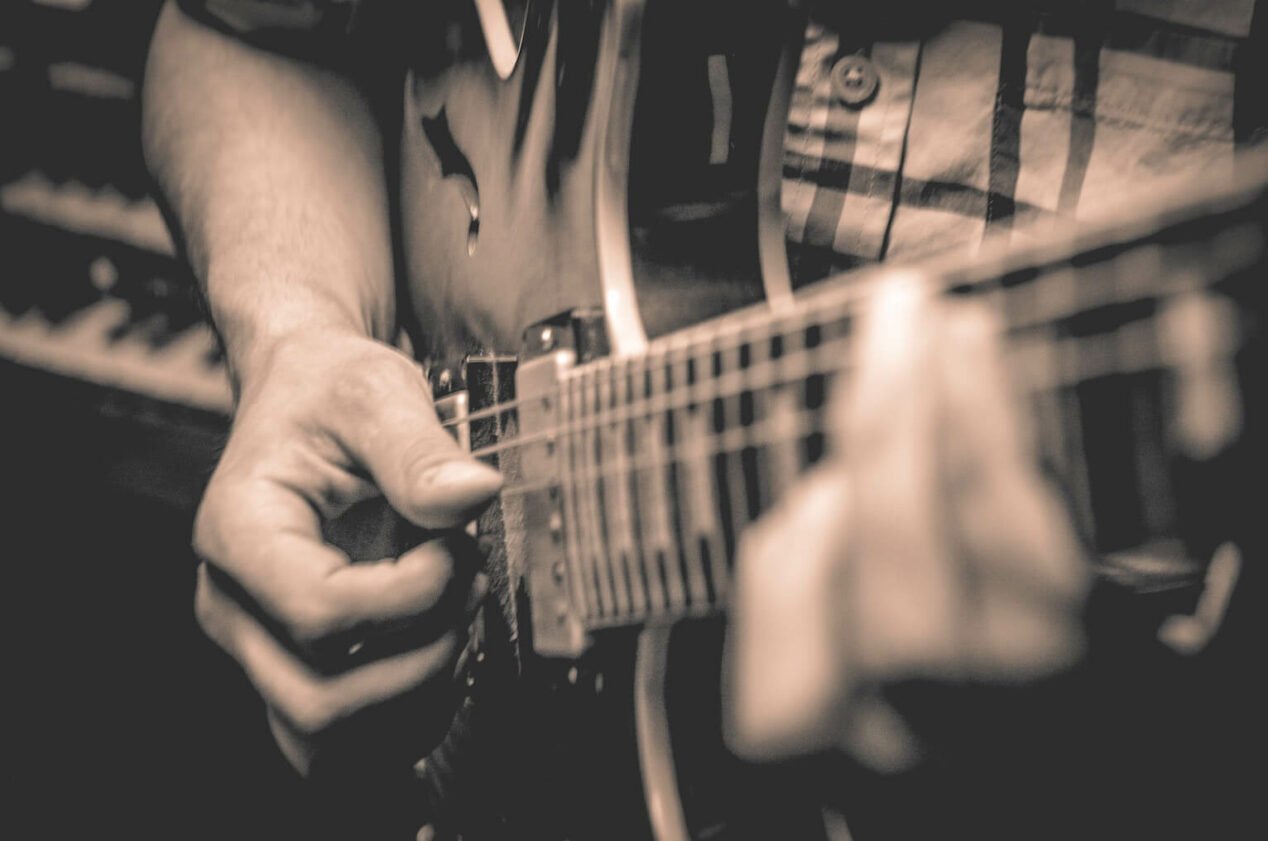
Playing in Open D Tuning
Now that you’re tuned and set up for open D, the next step is actually playing in open D. Like with all open tunings, open D changes the fretboard. Your old licks, chord and scale shapes, etc, won’t work in open D. While this is a disadvantage, it can also be an advantage since it forces you to try new things.
One plus of open D though is that your lowest three strings are relatively normal. If you are familiar with drop D, you’re already used to having D-A-D as your three low strings. And even if you aren’t, the A and D are still the same as standard.
A quick tip for those who aren’t familiar with drop D—your three low strings (DAD), make a power chord when barred. This is incredibly useful, as you can quickly move between power chords just by sliding your barre.
The other thing to note is that like with other open tunings, certain things work well in open D and others don’t. Some things just don’t translate to open D’s layout of the fretboard. As you play more in open D, you’ll start to figure out what works and what doesn’t.
Chords in Open D Tuning
Chords in open D can be a bit of a mixed bag. Major chords are incredibly easy. All you have to do is barre across the frets and viola, a major chord. So a D major chord would be 0-0-0-0-0-0. An E major chord would be 2-2-2-2-2-2.
Minor chords on the other hand aren’t as simple, though they aren’t that hard either. There are multiple different shapes you can use. You can play a D minor chord as 0-0-3-3-0-0. You can also play an E minor as 2-2–2-1-X-X. A minor can be played as X-0-2-3-3-2. Any of those shapes can be moved up or down the fretboard to make other minor chords.
Seventh chords are thankfully pretty easy in open D. Take the major chord shape and move the B string up three frets to get a seventh chord. So a D7 would be 0-0-0-0-3-0.
Sus2 and sus4 chords are also pretty easy and can add a unique, open tuning flair to your songs/playing. A Dsus2 is just 0-0-2-3-0-0. A Dsus4 is 0-0-0-1-0-0. Like any other chord shape, you can move these shapes up and down the fretboard.
Scales in Open D Tuning
Scales in open D can be tricky since the fretboard changes a lot. The standard scale shapes won’t work, so you’ll have to learn new ones. However, it’s not quite as bad as it sounds.
The scale formulas always stay the same. A major scale will always be 1-2-3-4-5-6-7, and a minor scale will always be 1-2-b3-4-5-b6-b7. The scale patterns will always stay the same no matter what tuning you’re in, so you just have to figure out where those notes are on the fretboard.
If you know theory and the fretboard well, figuring out the scale shapes should be easy. If not, you can always look up scale patterns for open D. However, figuring it out yourself is a great opportunity to get a better understanding of the fretboard. An online tool like Guitar Scientist can be used to create your own charts and diagrams, letting you make reference materials for future use.

Songs in Open D Tuning
With all the technical details covered, the final step is figuring out what you want to play. Open D has a lot of versatility and has been used by a variety of genres. Let’s quickly look at some examples of songs in open D, that way you can see what’s possible with the tuning.
One of open D’s strong points is blues. It has been used by countless blues guitarists on classic recordings. Whether it’s acoustic delta blues or electric Chicago style blues, open D is no stranger to blues music. Ellmore James’ version of the classic Dust My Broom is a great example of how bluesy open D can be.
Like many open tunings, open D is also well suited for acoustic folk and singer/songwriter type music. The open nature of the tuning tends to make chords sound very full, which works well with that style of music. Joni Mitchell’s Big Yellow Taxi is an iconic folk song that was played in open D.
While rock as a genre isn’t the most associated with open tunings, plenty of artists have used them over the years. One example is Pearl Jam’s early hit Even Flow. One of the guitar tracks is in open D, giving the riff a heavy and full sound.
String Up and Play
If you want to try something new with your guitar playing, open D is a great option. Whether you want to play blues, rock, folk, or something else, open D can help you find new sounds and get creative. So string up with some Stringjoy strings, tune up, and enjoy the world of open D guitar.
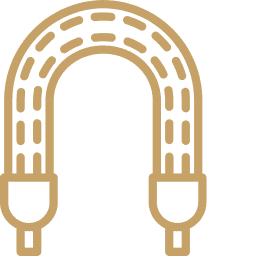


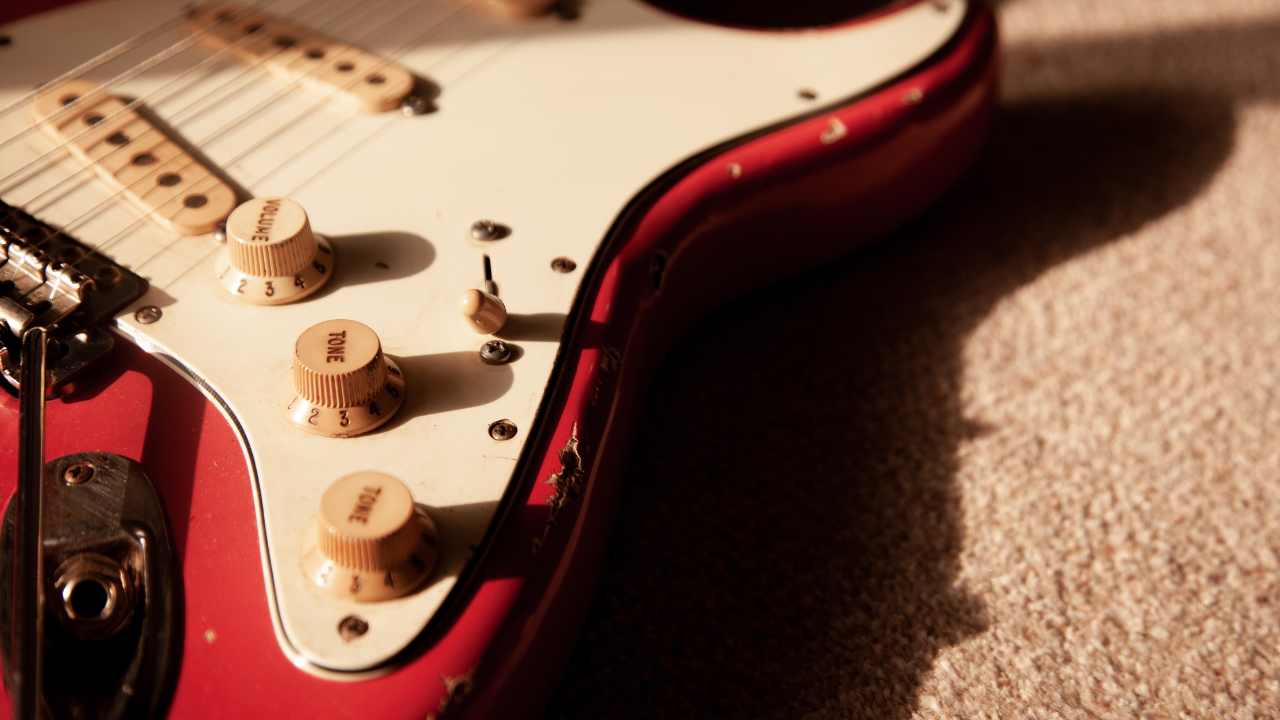
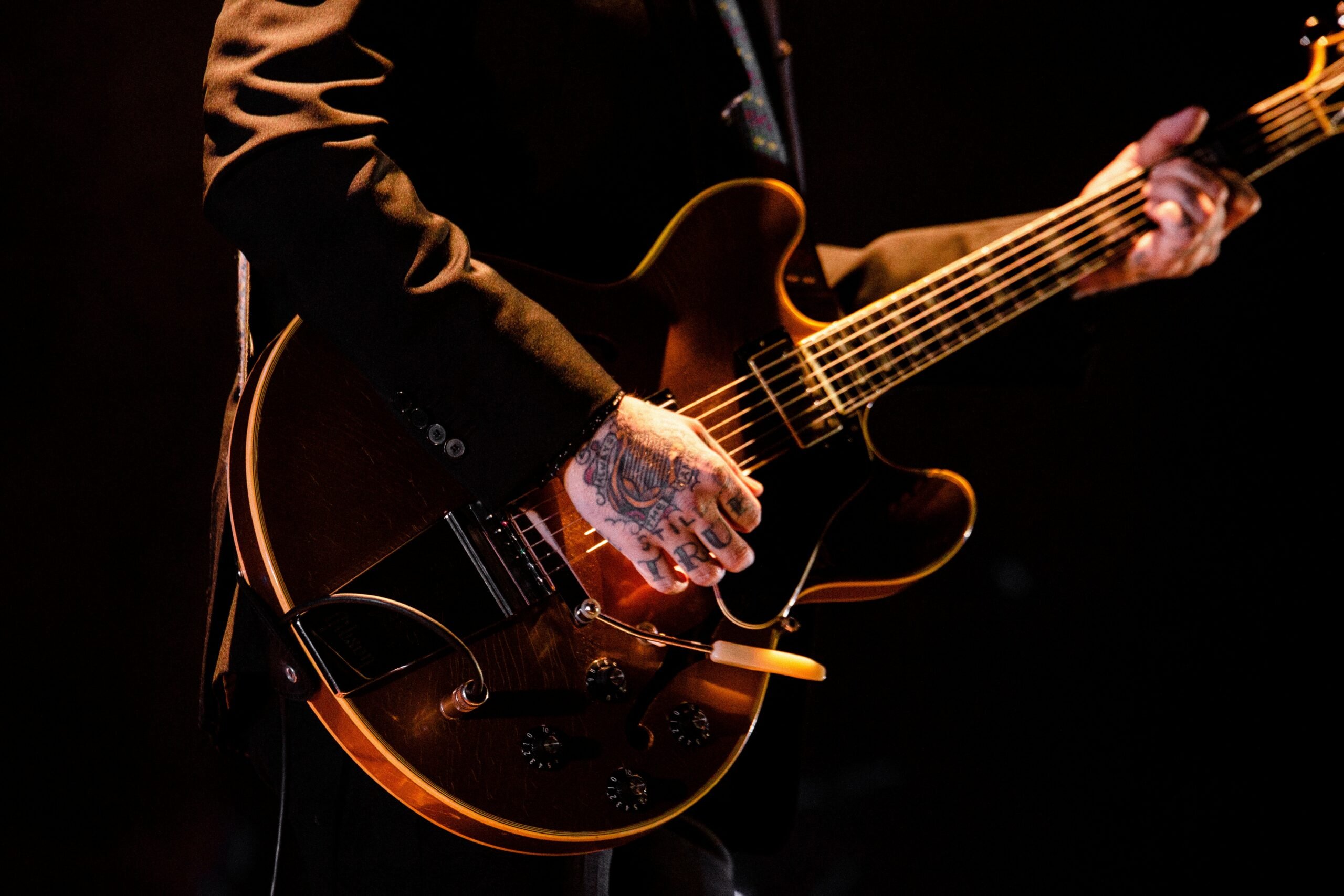

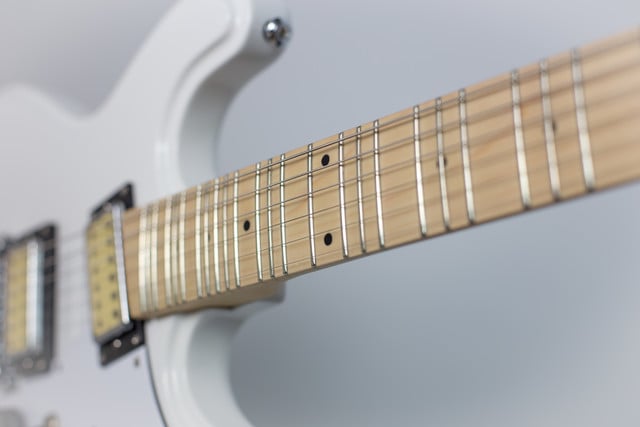

One Response
I would like to Lear more about open D tuning. Where do you advice to go for practical information. Thankd